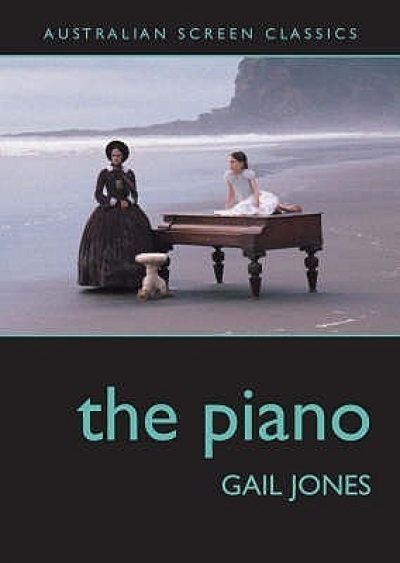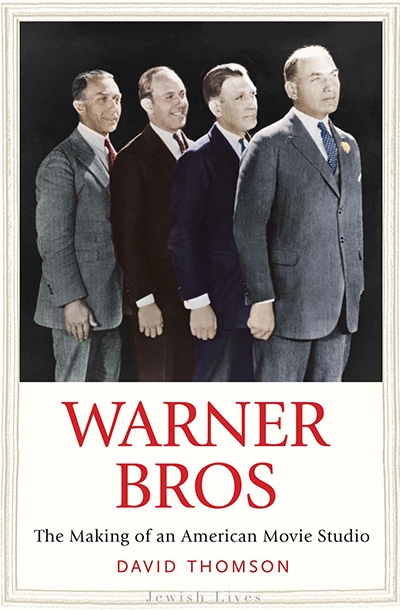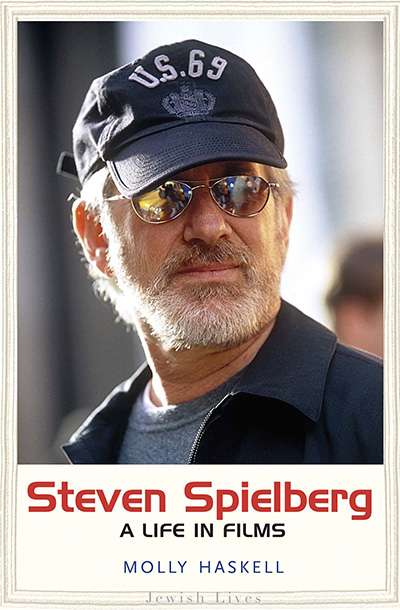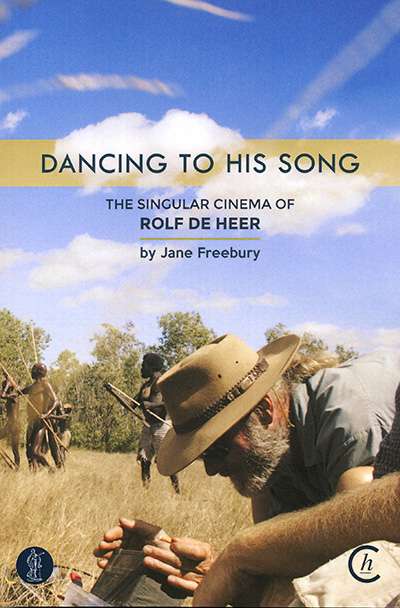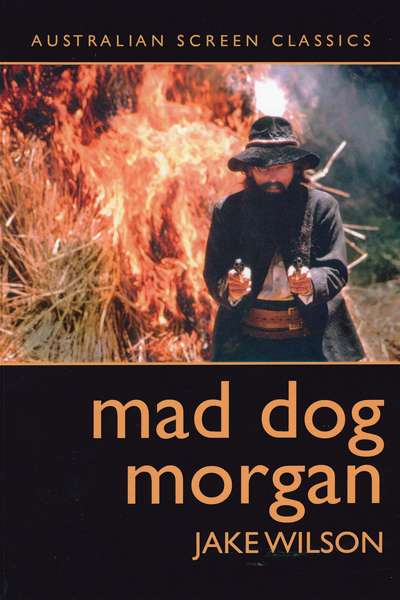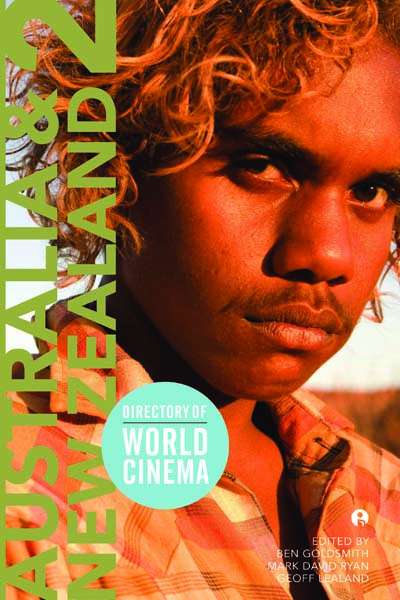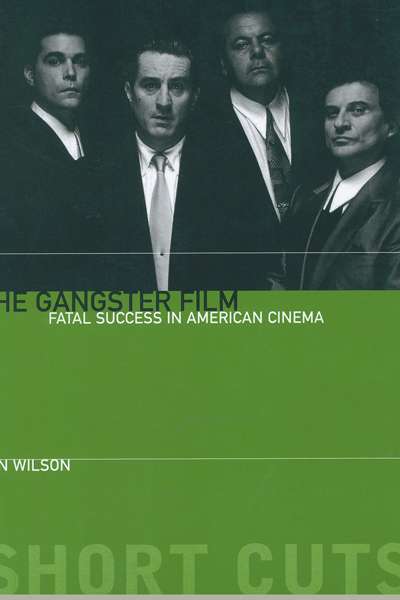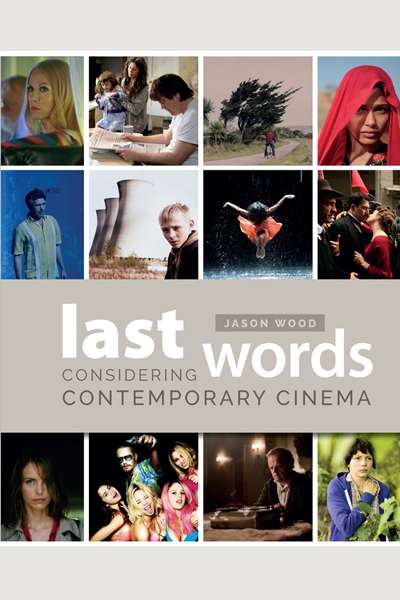Jake Wilson
We invited some writers, film critics, and film professionals to nominate their favourite film – not The Greatest Film Ever Sold, but one that matters to them personally.
... (read more)Warner Bros: The Making of an American movie studio by David Thomson
by Jake Wilson •
Dancing to His Song: The singular cinema of Rolf de Heer by Jane Freebury
by Jake Wilson •
To highlight Australian Book Review's arts coverage and to celebrate some of the year's memorable concerts, operas, films, ballets, plays, and exhibitions, we invited a group of critics and arts professionals to nominate their favourites – and to nominate one production they are looking forward to in 2016. (We indicate which works were reviewed in Arts Up ...
The Gangster Film: Fatal success in American Cinema by Ron Wilson
by Jake Wilson •

